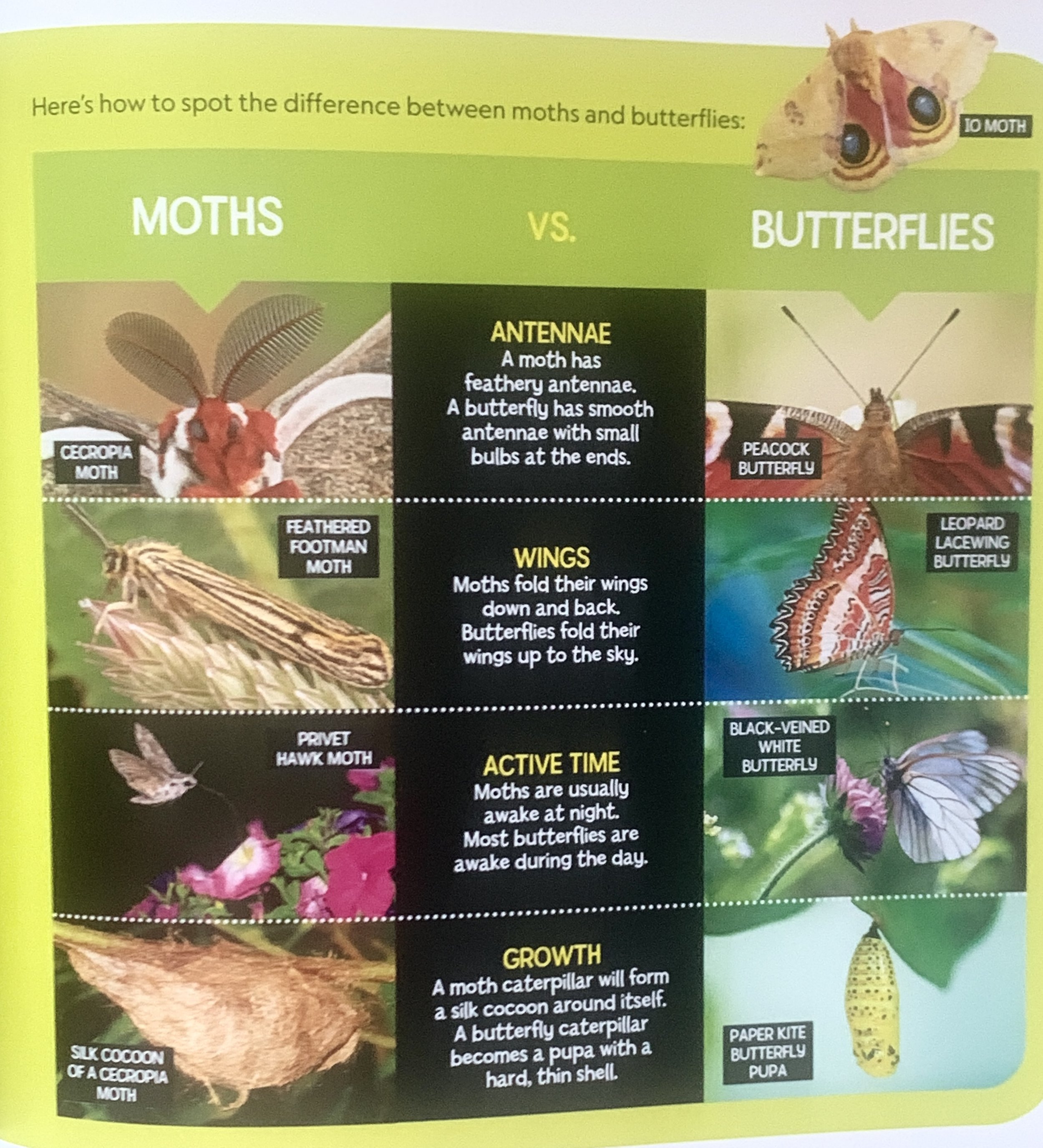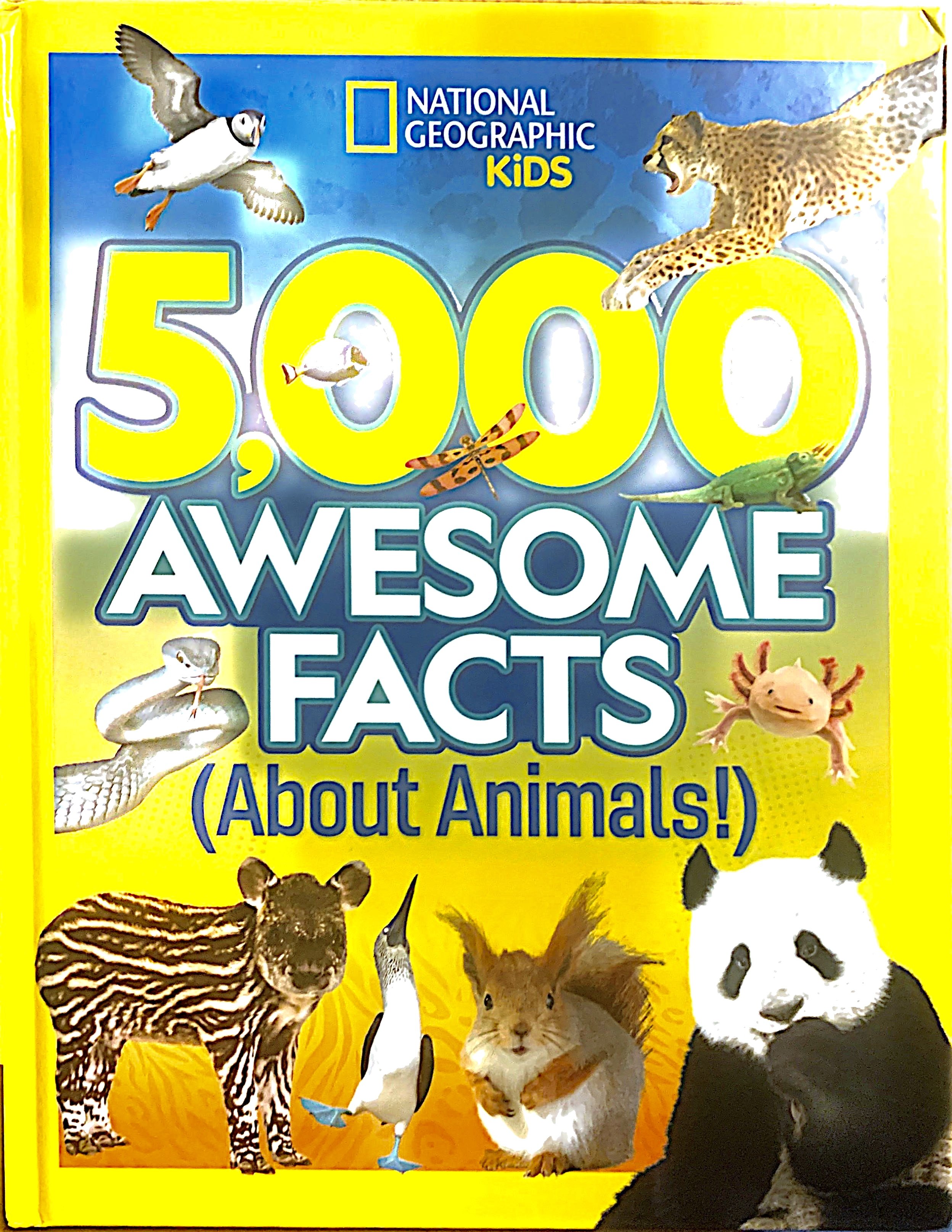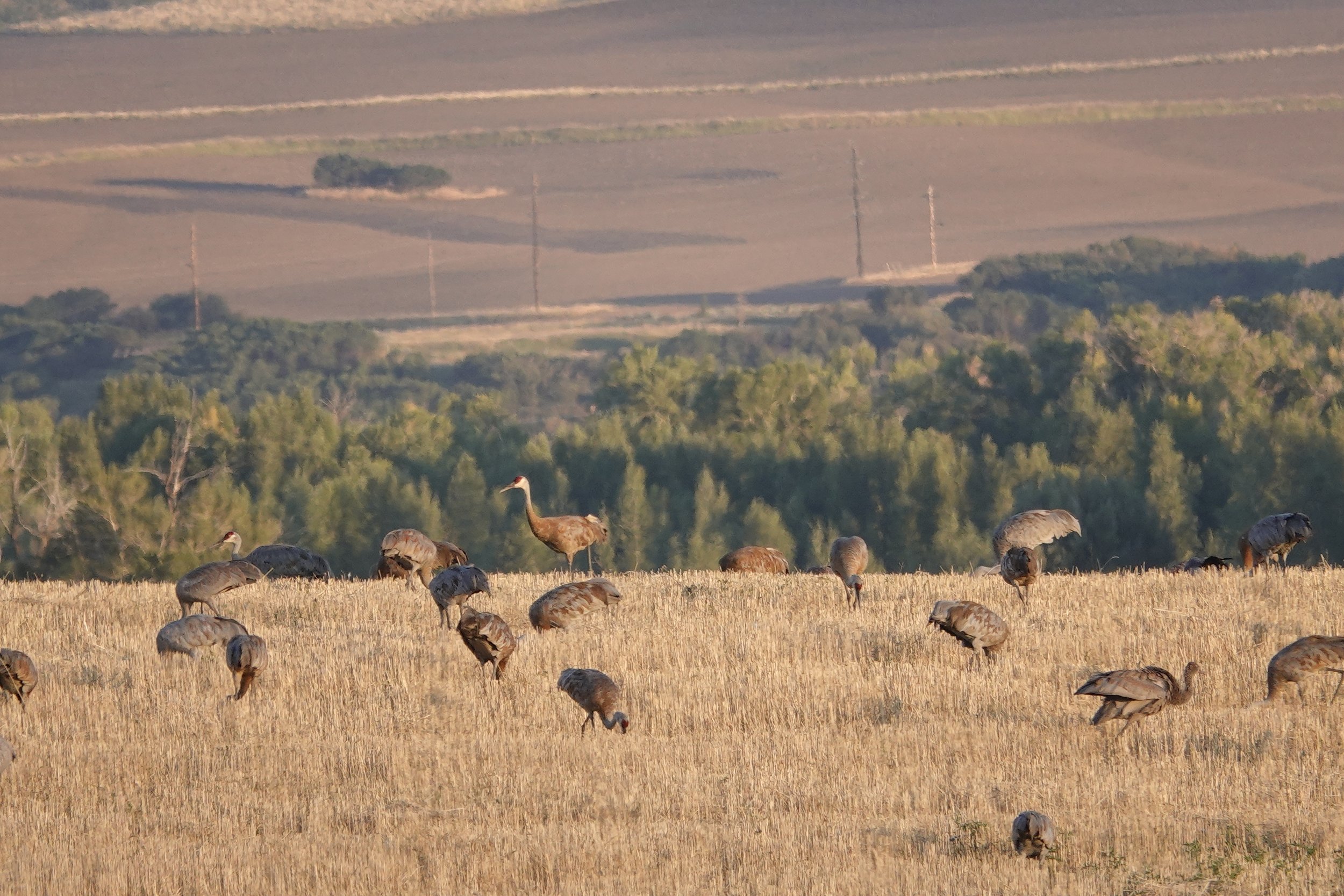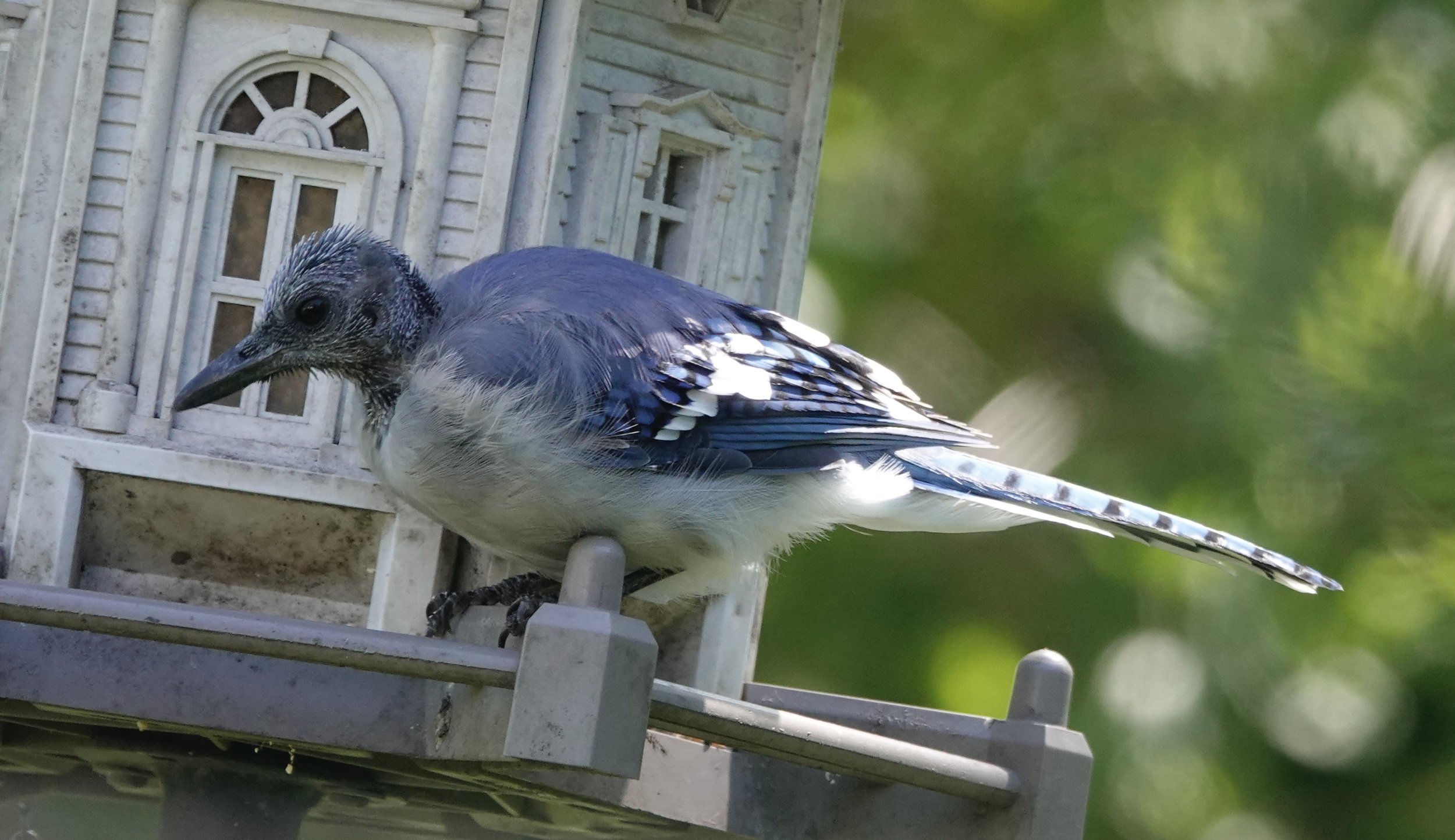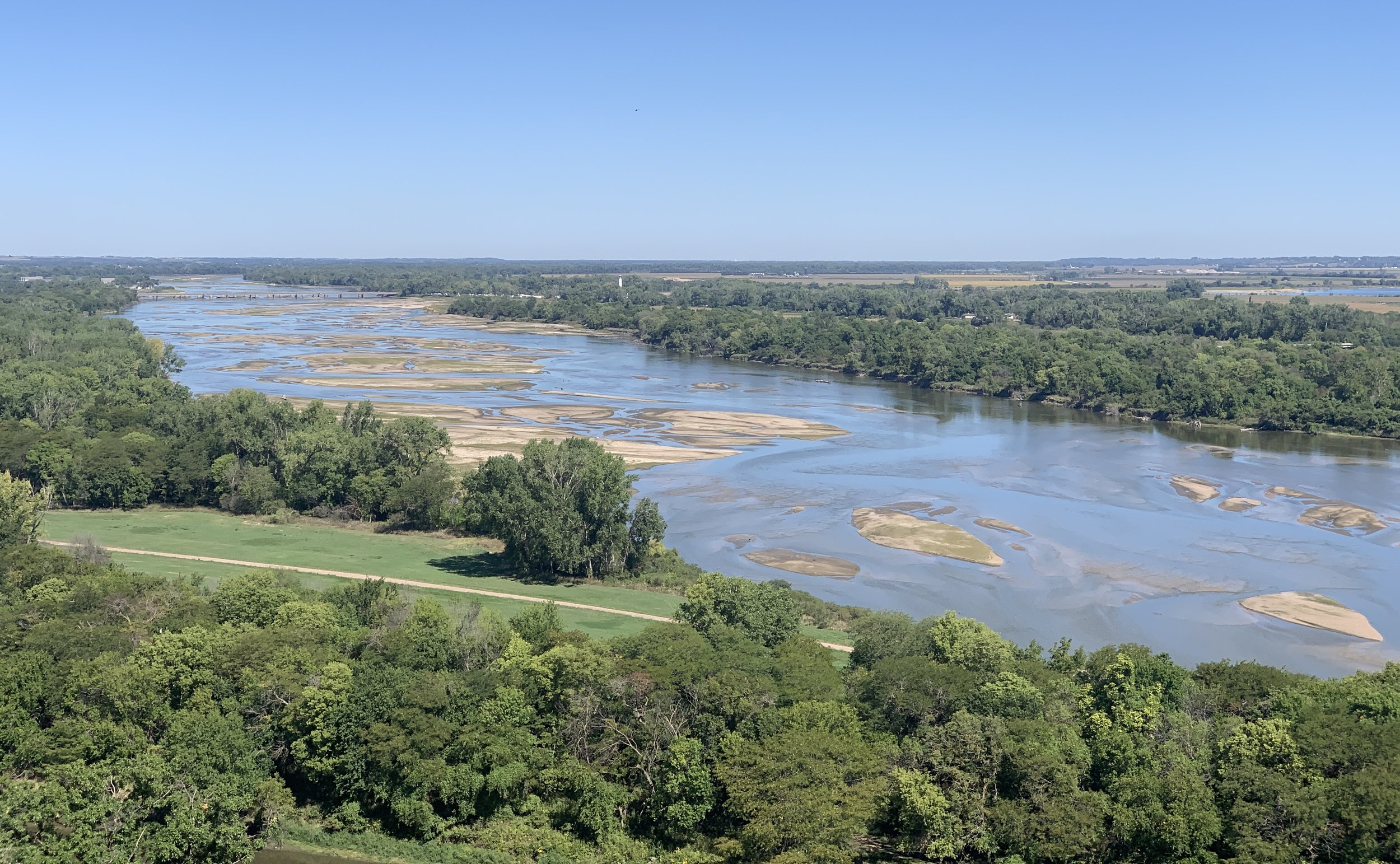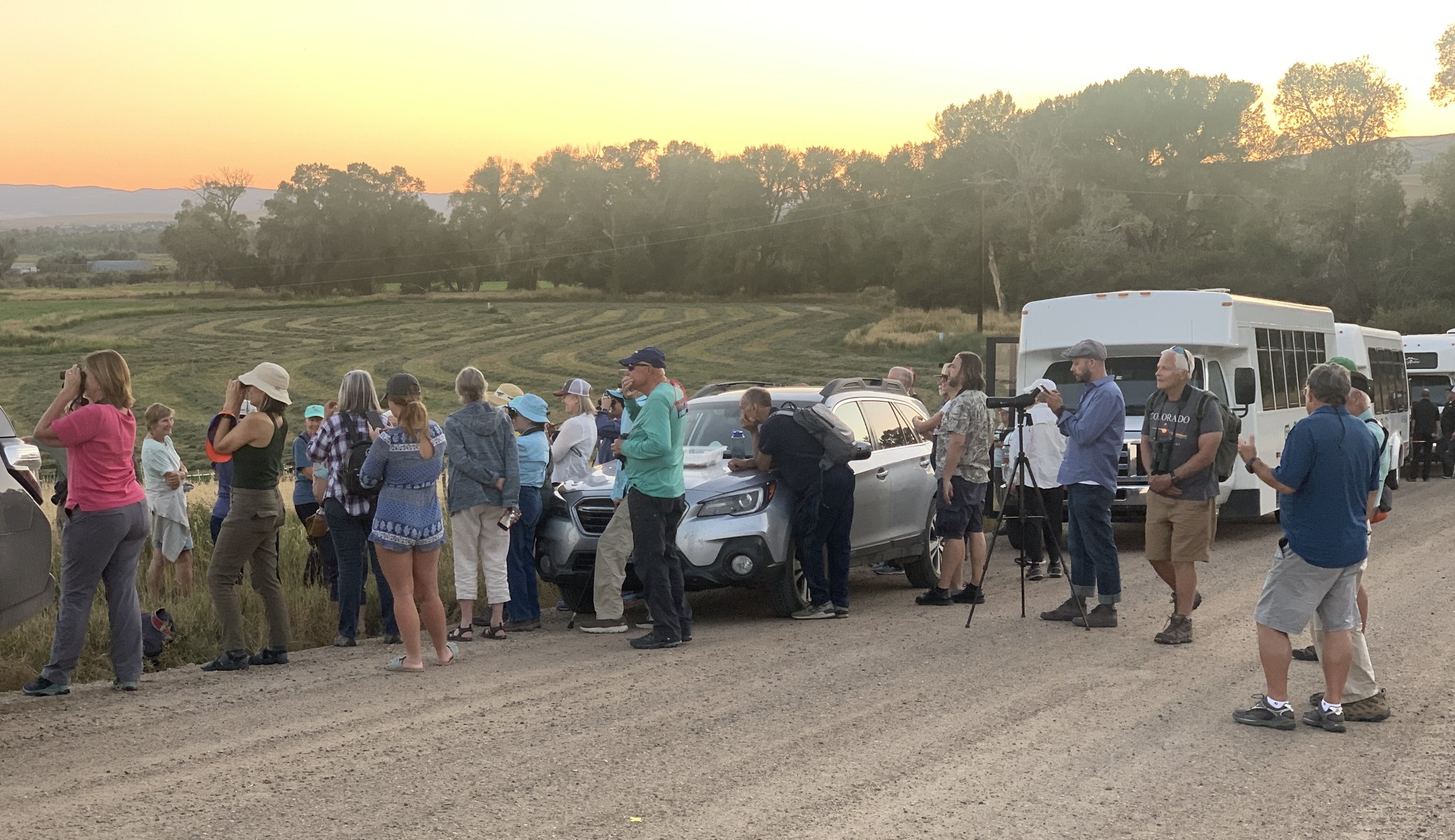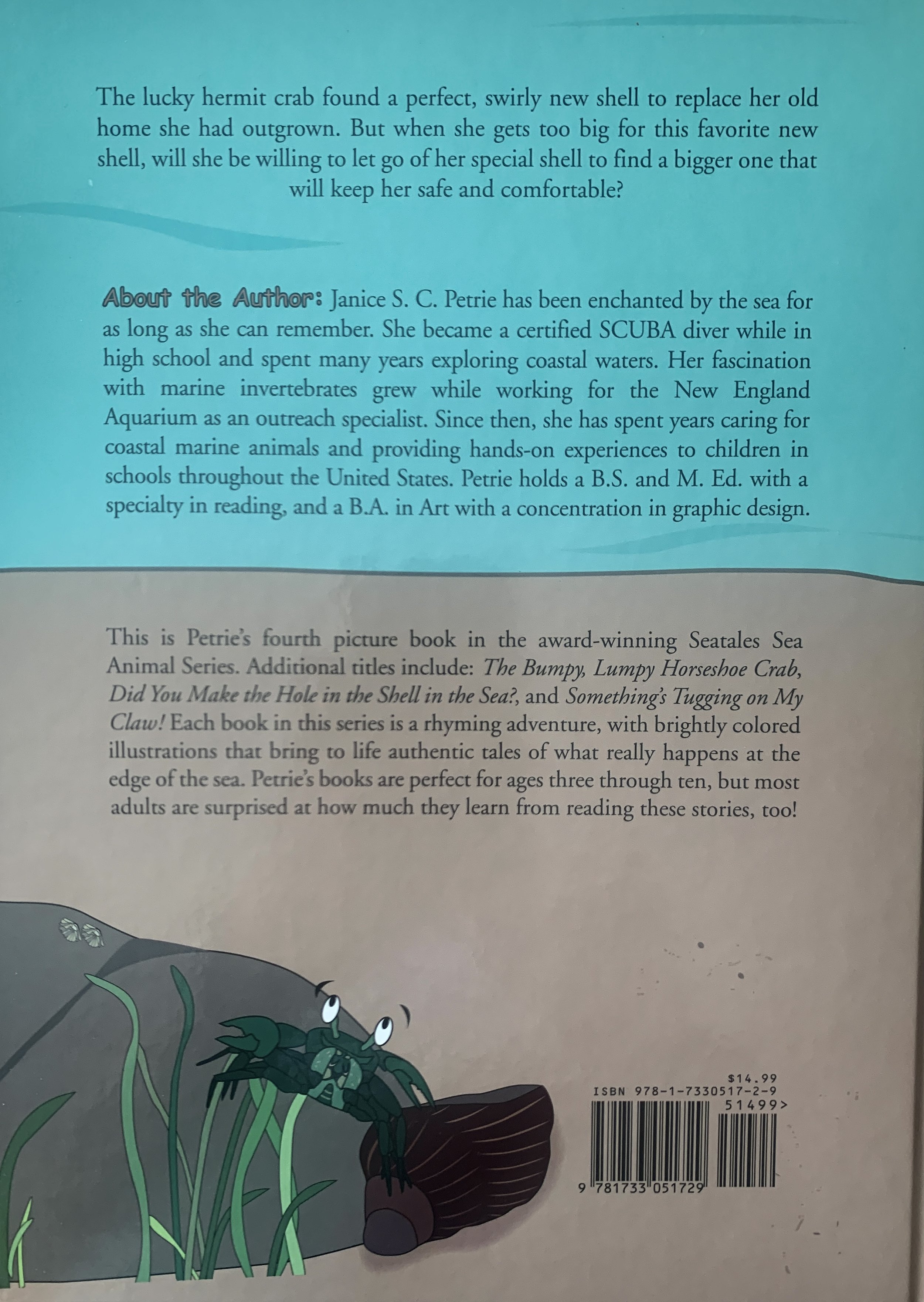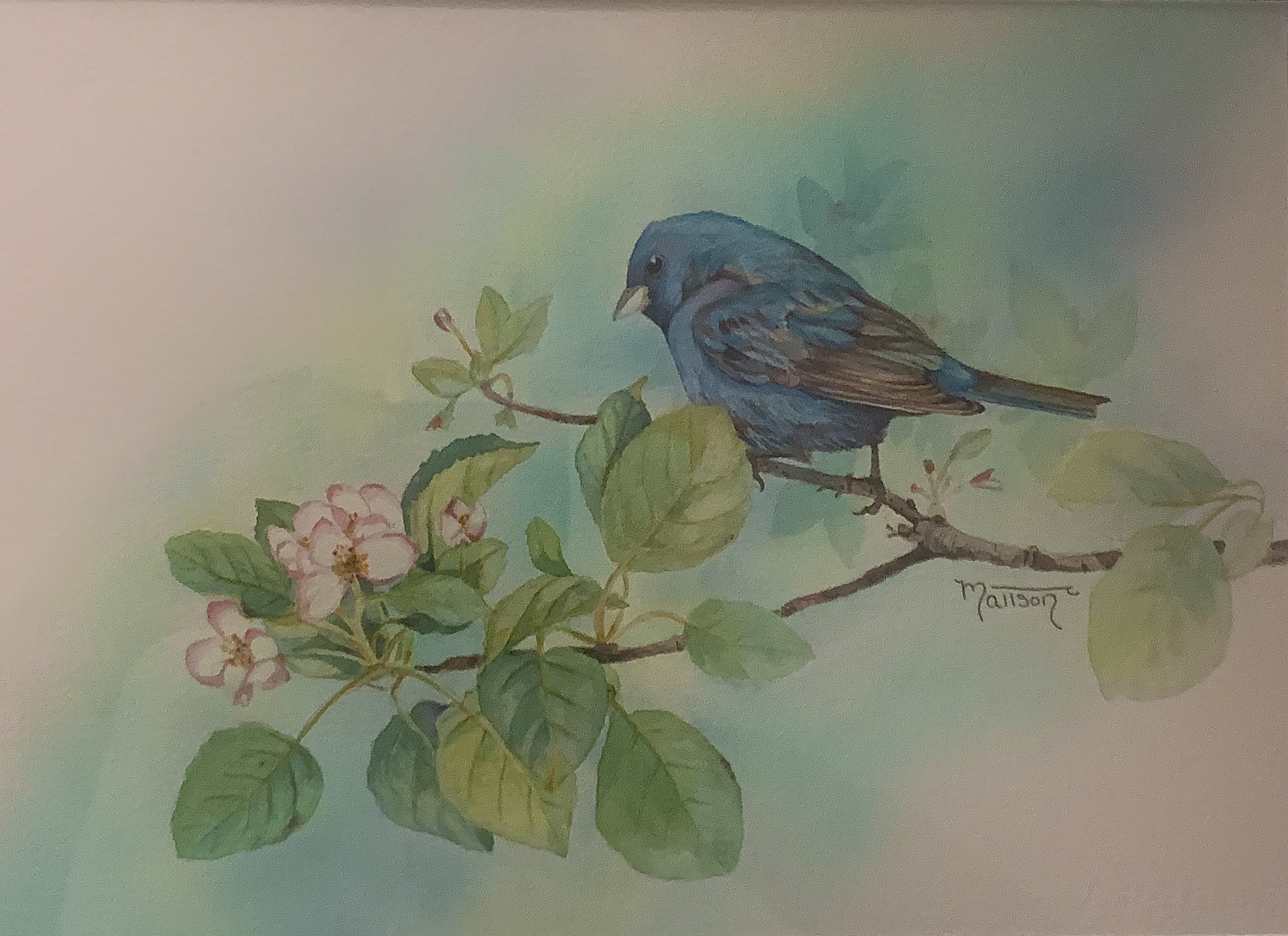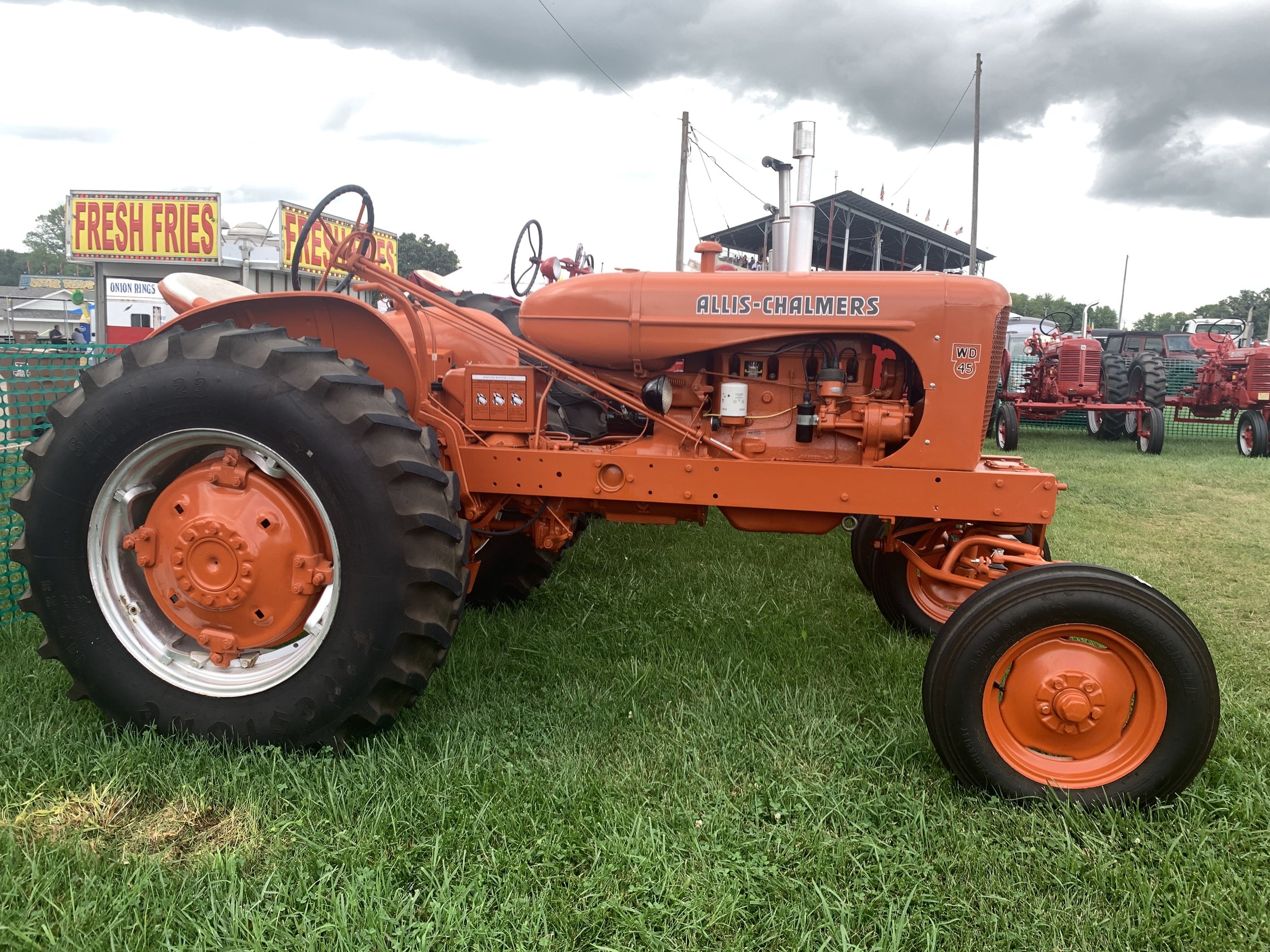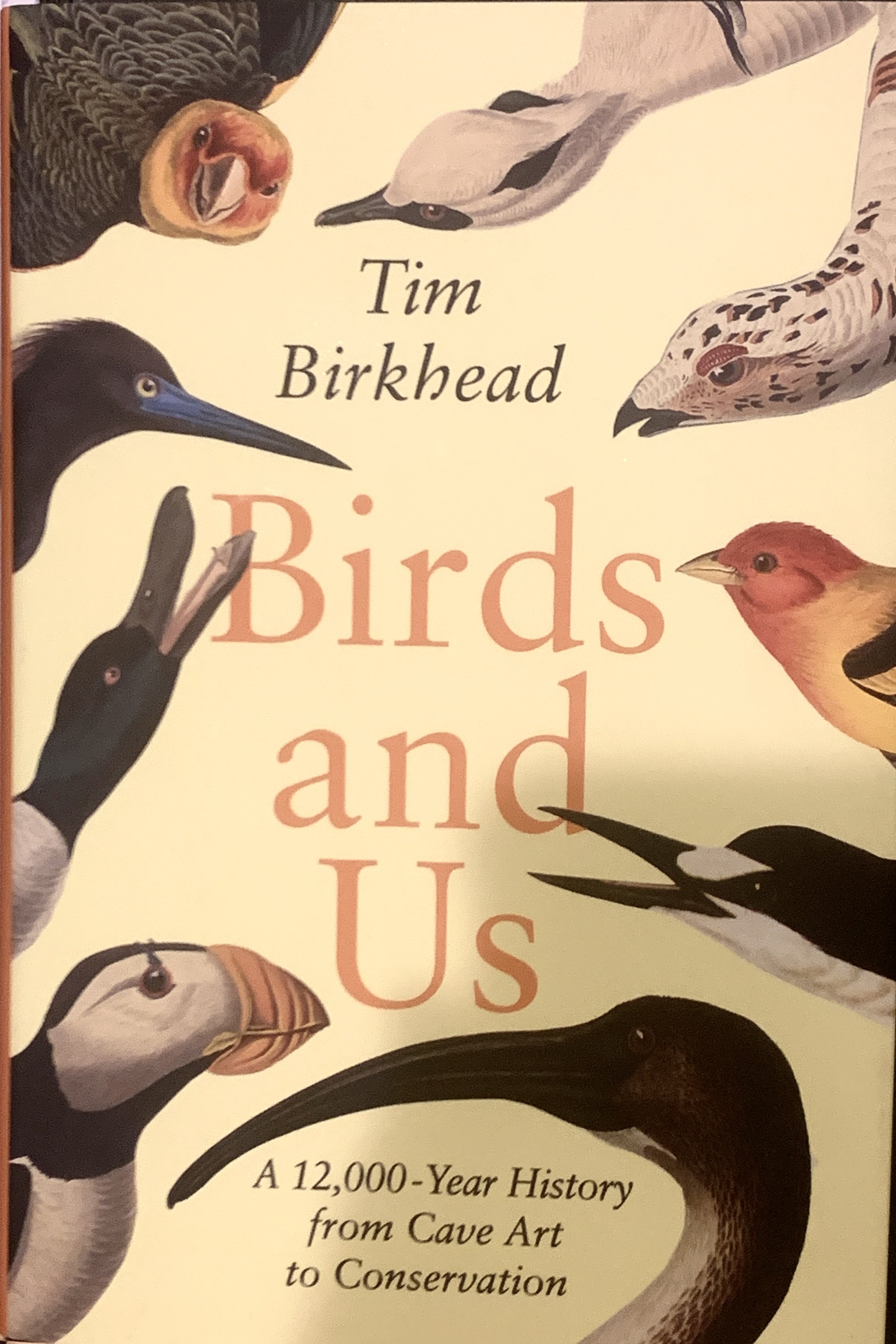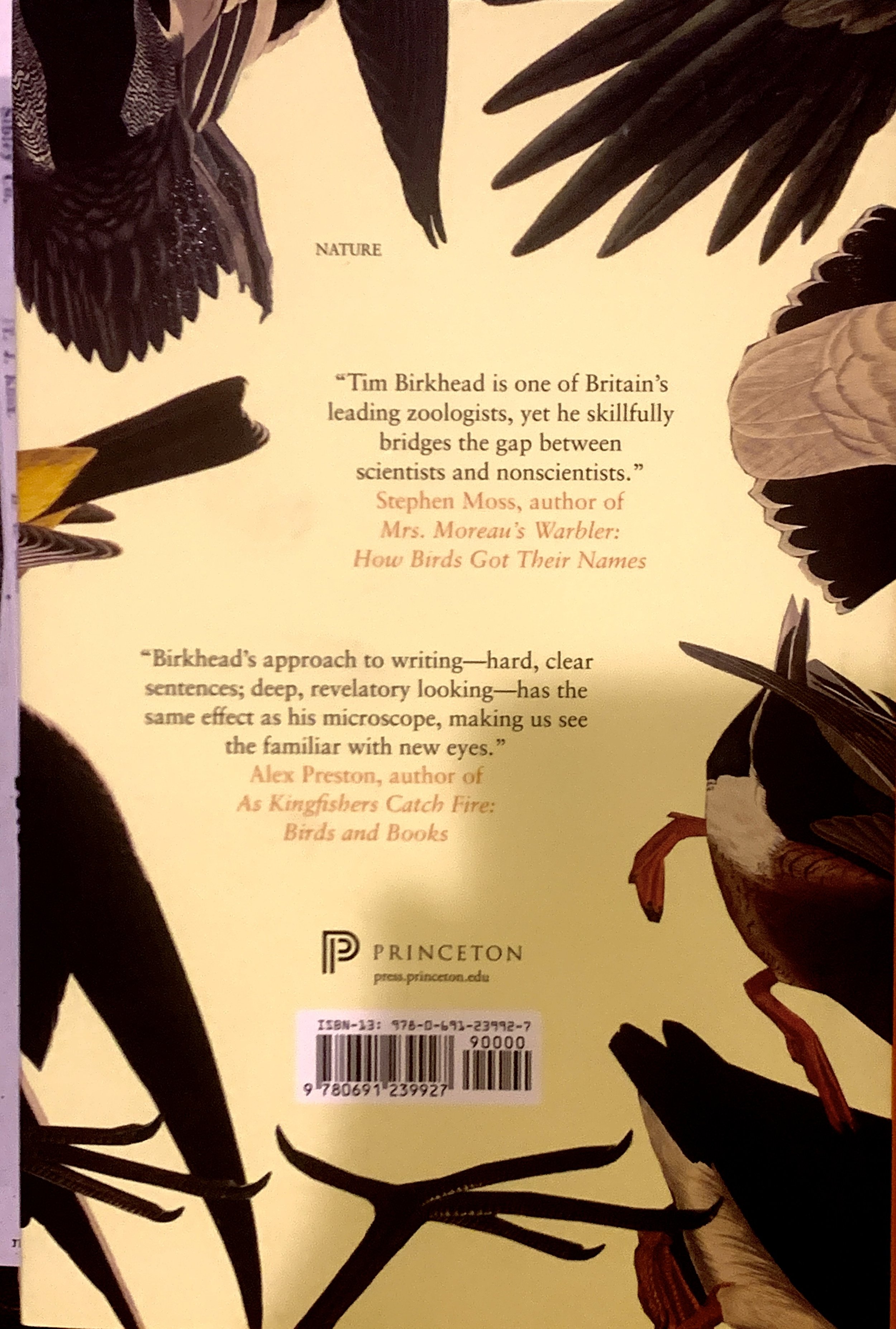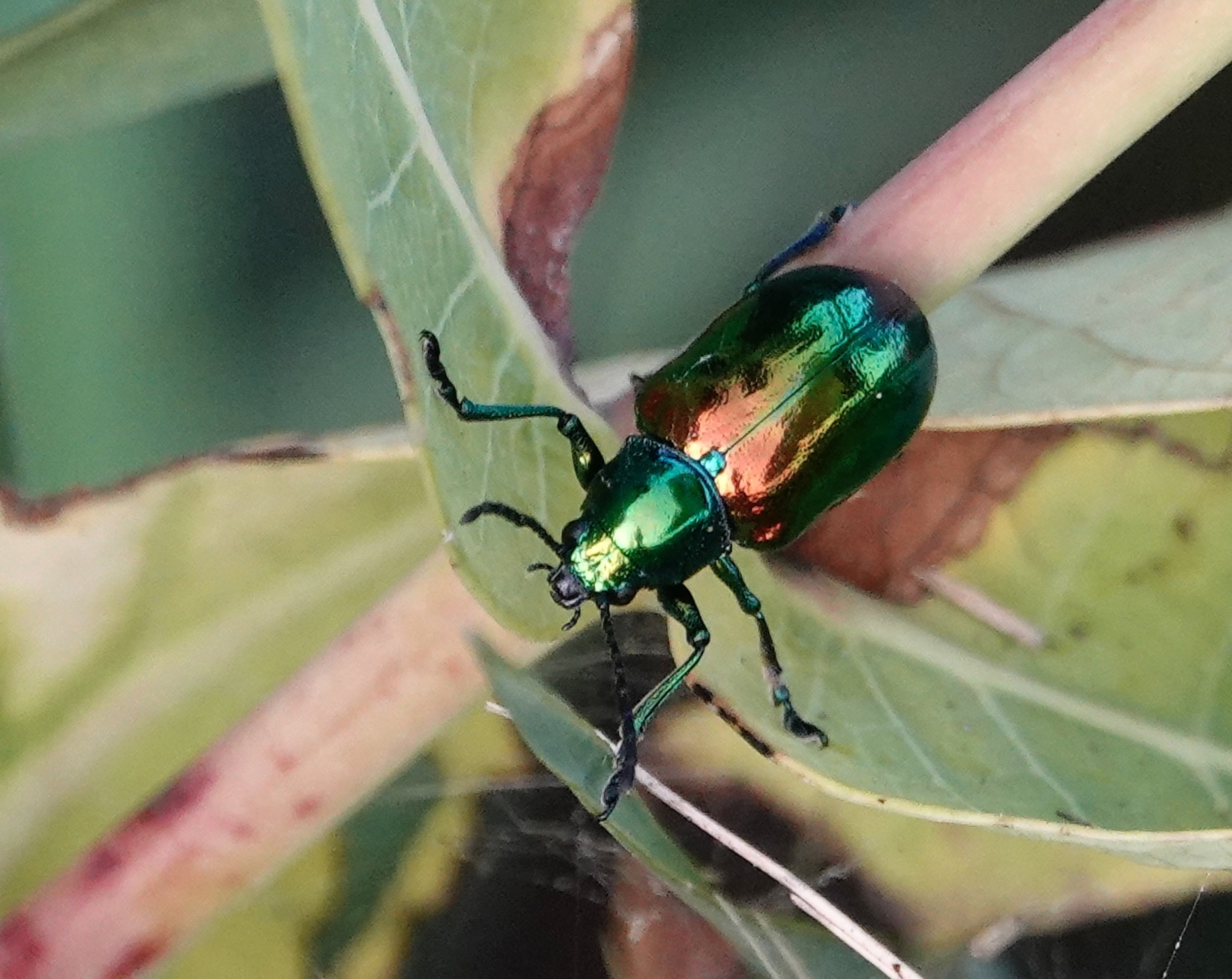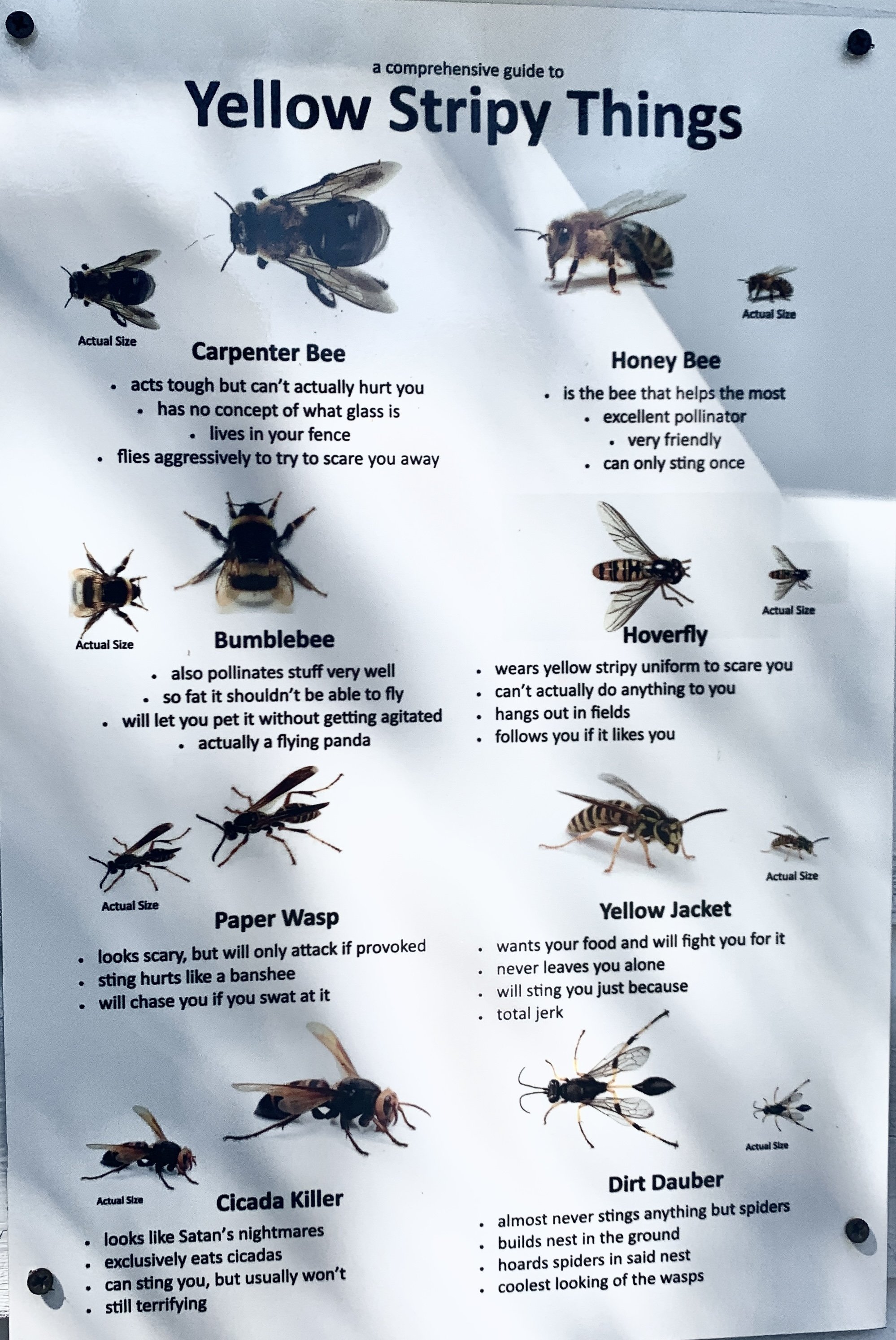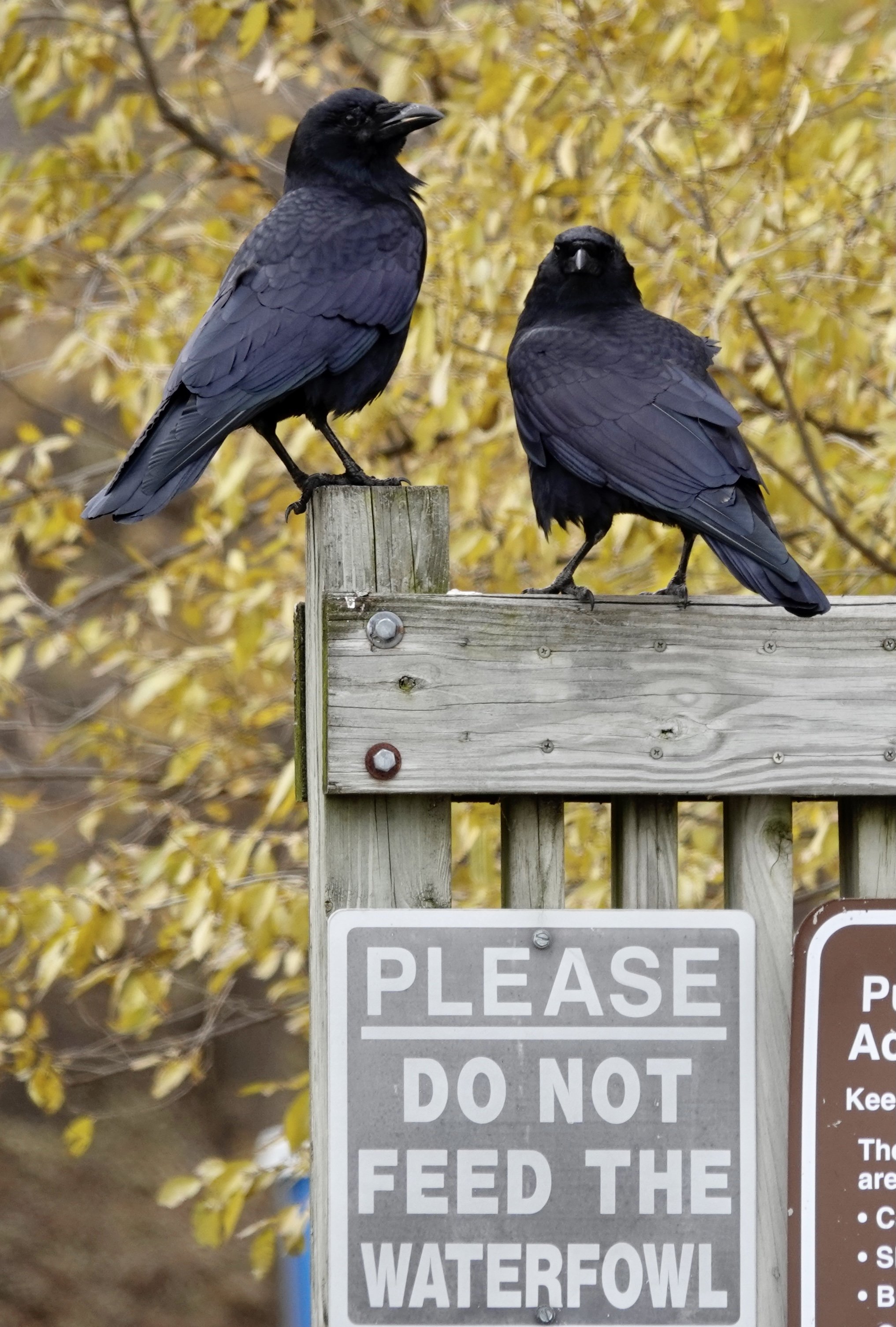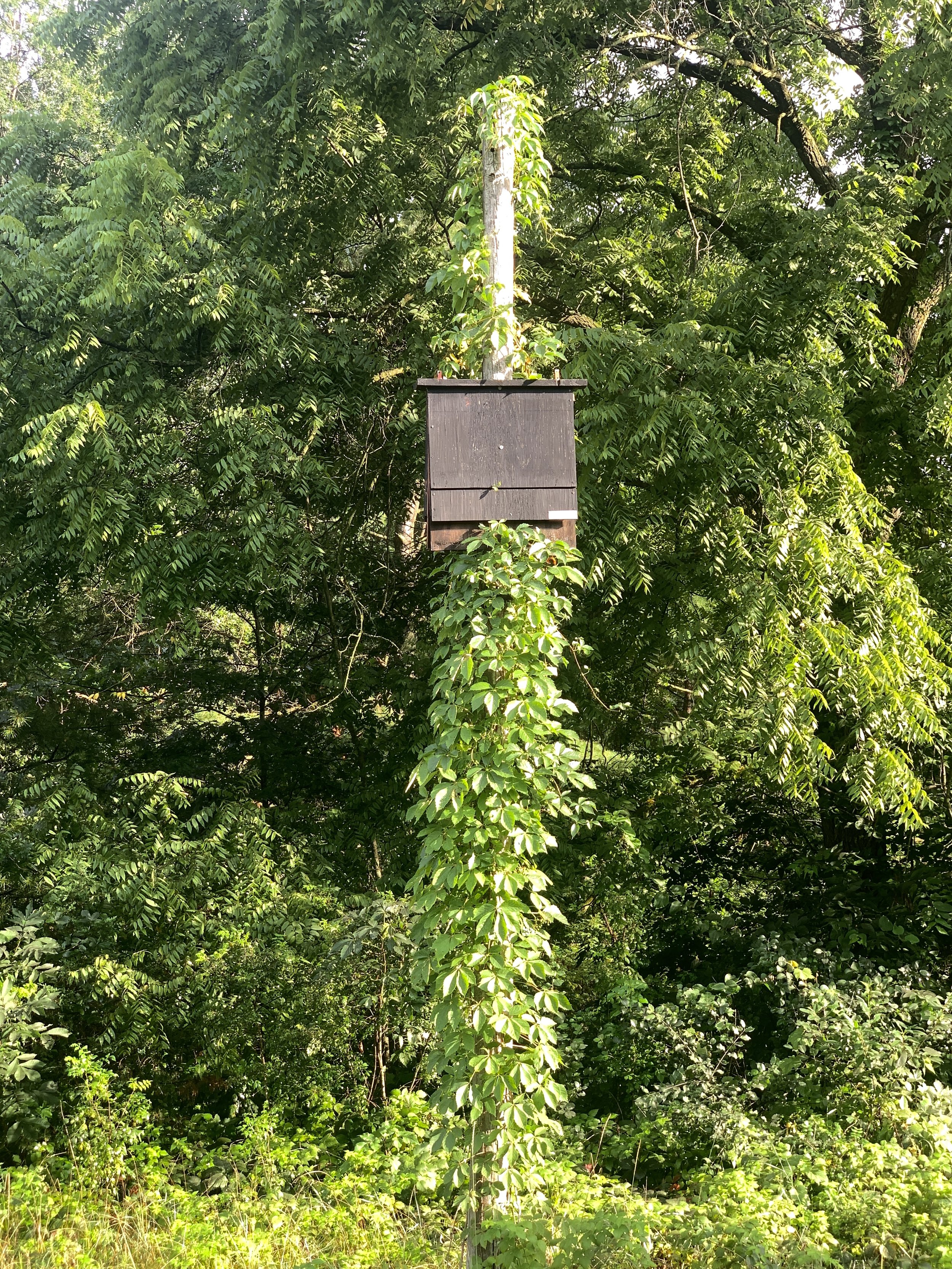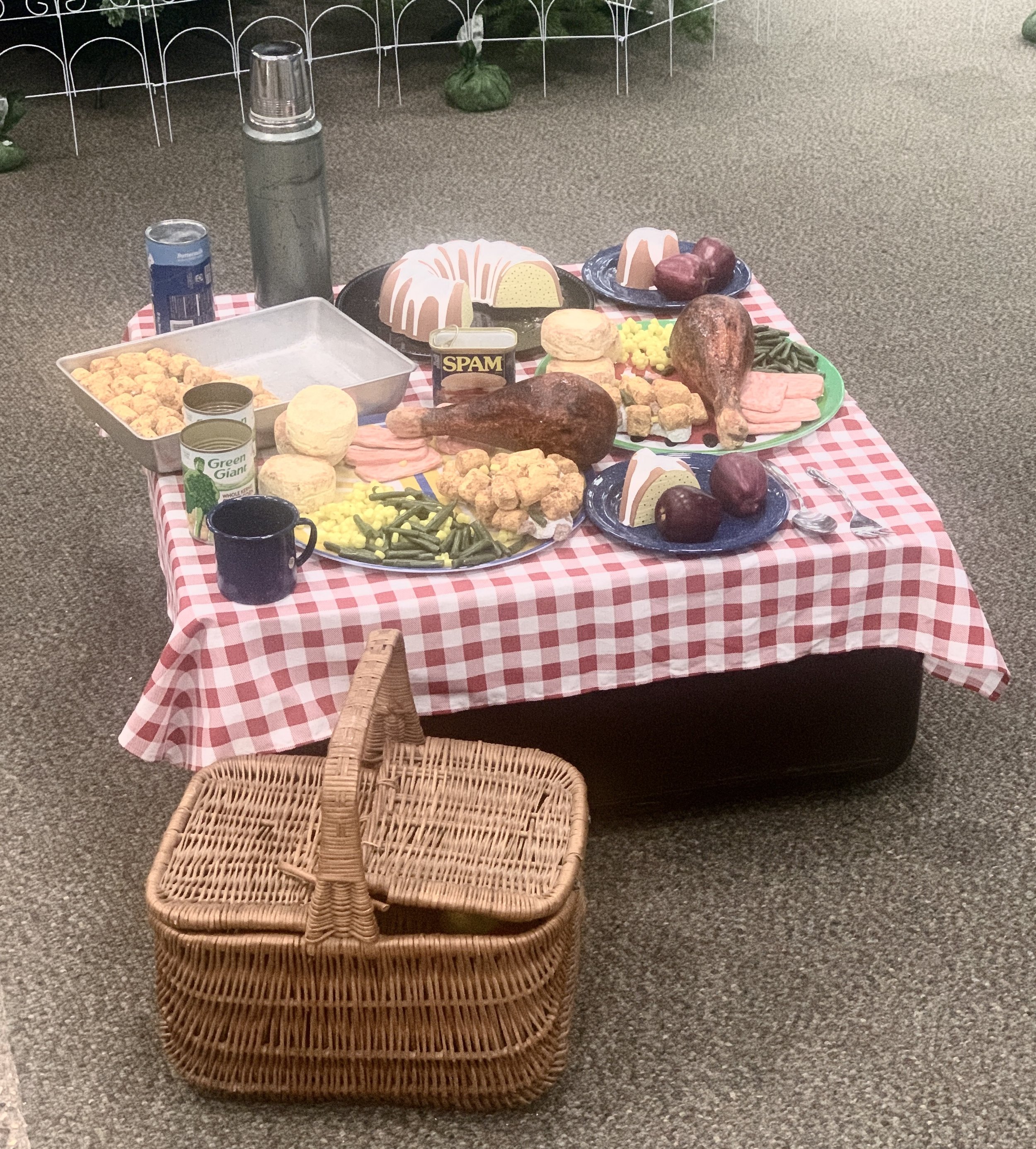Naturally
A thirsty red-bellied woodpecker bellied up to the birdbath. The chipmunks had taken a winter break into their burrows where they had stored food.
I saw Lapland longspurs and horned larks flying alongside roads. Look for snow buntings on roadsides and in fields. The “snowflakes” that are birds flash white in flight. They can be spellbinding.
I like window platform feeders attached to the glass via suction cups. I love seeing birds close and I hope the feeders might prevent some window strikes. When frightened, the birds can’t achieve sufficient velocity when flying from the feeder into the glass to do themselves much harm. A feeder on a crank-out window allows filling on a day with cranky weather. One feeder fell from the window on a 20° day. I put it back up, and with a brazen display of overconfidence, I went indoors and took off my coat. It stayed adhered to the glass. A chickadee was the first to land on it, then a goldfinch, a blue jay, a red-breasted nuthatch and a cardinal. Gloriosky!
Some oak and ironwood trees hang onto their brown and curling leaves in winter. This is called marcescence and usually occurs on the parts of the tree that hadn’t yet formed flowers. Commonly, trees exhibit marcescence when young, but lose this characteristic when older and usually leaves remain on the branches closest to the ground. Younger oaks may keep a full complement of dead brown leaves. People speculate the retained leaves may deter browsing animals, such as deer. The dried leaves may conceal buds from browsers or make them difficult to nip from the twig. Research has found the dried leaves less nutritious. Another reason trees might give for holding their leaves is it allows them to keep and recycle their nutrients themselves. Marcesent leaves provide shelter for wintering birds perching among the rattling leaves, away from winter’s wind.
Nature news
A juvenile bar-tailed godwit has flown 8,435 miles from Alaska to the Australian state of Tasmania without stopping, appearing to set a new world record for marathon bird flights. Satellite data showed it didn’t stop during its flight of 11 days and one hour.
As of December 20, 2022, the manufacture and import for sale in Canada of plastic checkout bags, cutlery, food service ware, stir sticks and straws will be prohibited. Ring carriers surrounding cans or bottles will be added to that list on June 20, 2023.
Research done at the University of Oldenburg in Germany found the barn owl suffers no meaningful hearing loss as it ages. In contrast, a human loses more than 30 decibels of sensitivity to high-sound frequencies by the age of 65. Understanding the preservation of hearing in birds could lead to new treatment options for deaf humans. If you spot a great horned owl, what appear to be ears are tufts of feathers. The ear openings are on the sides of the head, one slightly higher than the other. The offset ears are most pronounced in night-hunting owls and permit an owl to position its head so sound reaches both ears simultaneously and it can pinpoint prey.
Q&A
“Why are they called cobwebs?” Cobwebs are tangles of the silken threads of spiderwebs covered with accumulated dirt and dust. Another name for a spider was atorcoppe, from ator- “poison, venom” plus copp “top, summit,” which by extension meant “head.” Atorcoppe meant “poison head.” J.R.R. Tolkien wrote in “The Hobbit” that when the dwarves were captured by a colony of spiders, Bilbo Baggins sang to anger the spiders and draw them away from his friends. “This is what he sang: Old fat spider spinning in a tree! Old fat spider can’t see me! Attercop! Attercop! Won’t you stop, stop your spinning and look for me?” It worked because Tolkien added, “no spider has ever liked being called Attercop.” Atorcoppe was shortened to coppe and a spider’s web called a coppewebbe. This word underwent spelling and pronunciation changes that turned it into cobweb in the 16th century. A cobweb is a “head-web.”
“Do mothballs keep mice away?” A mothball is a toxic pesticide and can be dangerous to people and pets. Fumes from mothballs kill clothes moths, their eggs and their larvae that eat natural fibers. People use mothballs to keep rats, mice and squirrels away. People are exposed to the chemicals in mothballs by inhaling the fumes. If you smell mothballs, you’re exposed to these chemicals. Children or pets sometimes mistake mothballs for food or candy, which can cause serious effects. Please read the warnings on the packages.
Thanks for stopping by
“I am thankful for laughter, except when milk comes out of my nose.”—Woody Allen.
“I feel a very unusual sensation—if it is not indigestion, I think it must be gratitude.”―Benjamin Disraeli.
Do good.
©️Al Batt 2022
I’m afraid it’s not the best photo, but it is a snow bunting. Snow buntings breed in the high Arctic where their plumage blends in with the landscape. Photo by Al Batt.
An Eastern Chipmunk doing some last-minute shopping. Its cheek pouches expand to three times their size, eliminating the chipmunk’s need to use a plastic bag.
Watkins no longer sells products via their door-to-door sales model, but it has a museum in Winona, Minnesota.
Watkins no longer sells products via their door-to-door sales model, but it has a museum in Winona, Minnesota.
Joey Batt was presented with a commemorative basketball for scoring 1000 points by Coach Emilee Thiesse of the Minnesota State Mavericks. Swishes do come true.










